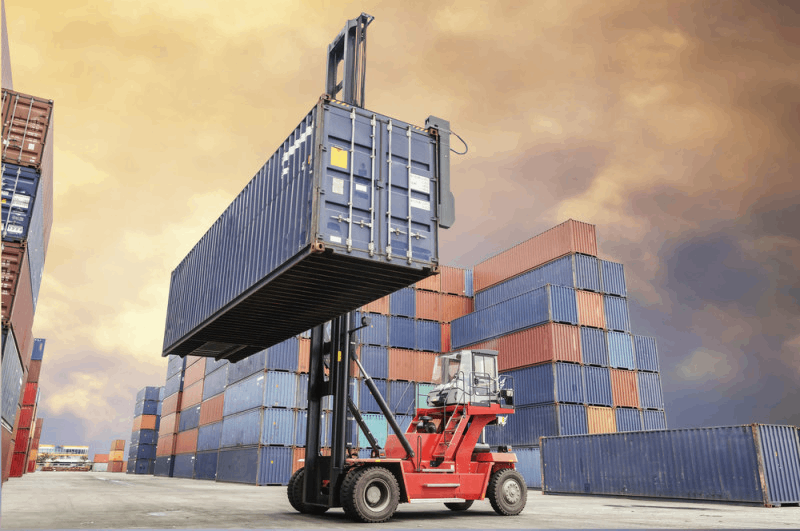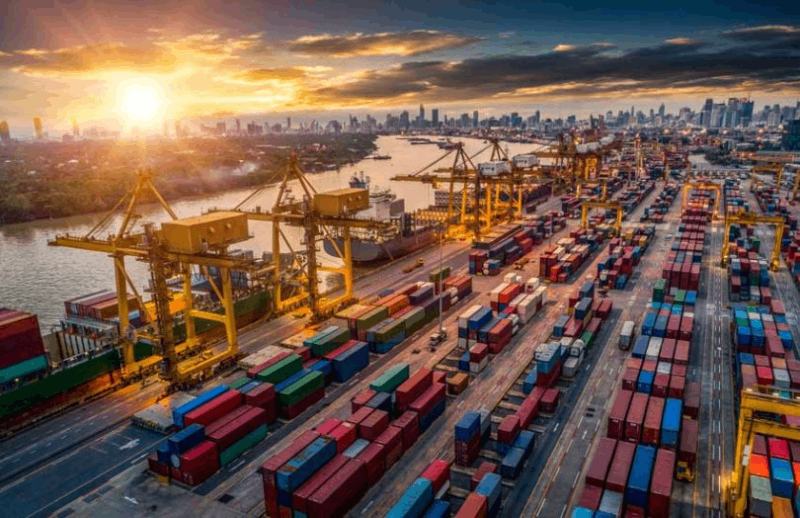Welcome to GLA! Leading the global logistics alliance.


Your location:Home > News > Imports from U.S. ports are still growing, but demand has slowed
Time:2022-07-22 Publisher:Kevin Num:5704

Port congestion has brought great impact to ports all over the world. This makes a large number of containers piled up in the port, making the port operation interrupted.
It is understood that the number of imported containers handled by several U.S. ports hit a record high in June. More and more data and analysis show that the demand of the United States for Asian exports has slowed down.
According to McCown's data, the import volume of the top ten ports in the United States increased by 5.9% year-on-year in June, reaching 2.165 million TEU, exceeding the year-on-year growth of the previous two months.
At present, there is still no sign of substantial decline in port congestion in the United States, and the congestion has shifted to the East.
The freight volume of NY/NZ port and Savannah port is increasing, which makes the import volume of major ports near the east coast increase by 9.7% year-on-year. Imports from the West Coast increased by 2.3% year-on-year.
According to the ship position data of marine traffic and the latest queue list of ships. As of Wednesday morning, 140 container ships were waiting to dock near North American ports.
Among them, 37% are in the West Coast ports, and 63% are in the east coast and the Gulf of Mexico.
McCown said that port congestion has evolved from affecting only the west coast to all coastal areas.
It added that the congestion in U.S. ports was mainly due to the inability to transport containers out of the dock.

On the other hand, although the import volume of American ports is still growing. However, data shows that this growth trend is slowing down.
The reservation volume index of freightwaves snow to U.S. ports fell sharply. As of Tuesday, the index fell 33% year-on-year.
S&P global commodities said that ships leaving Asia for North America have a lot of space left. Some insiders believe that the peak season this year may not be as lively as in previous years.
Ben, a stifel shipping analyst, said: "the demand for container transportation is still far beyond the maximum capacity of the port. The problem is that as consumers shift from goods to services, whether the transportation volume can be guaranteed remains to be discussed."
Monroe, a shipping consultant in the trans Pacific market, believes that the main reason for the decline in freight rates on the trans Pacific route is that shippers cancel a large number of orders.
A Boston freight forwarder said that shippers of low-value furniture and household goods had the largest decline in orders.
"They slowed down their purchase speed, which I think will be temporary. There is a lot of demand, but there is not so much foam." "Orders may easily pick up again in August or September," he said.
Prev:The strike escalated and Oakland port was forced to suspend operationsNext:American truck drivers blocked the dock, and British railway workers planned to strike again
Recommended Membership
Latest News